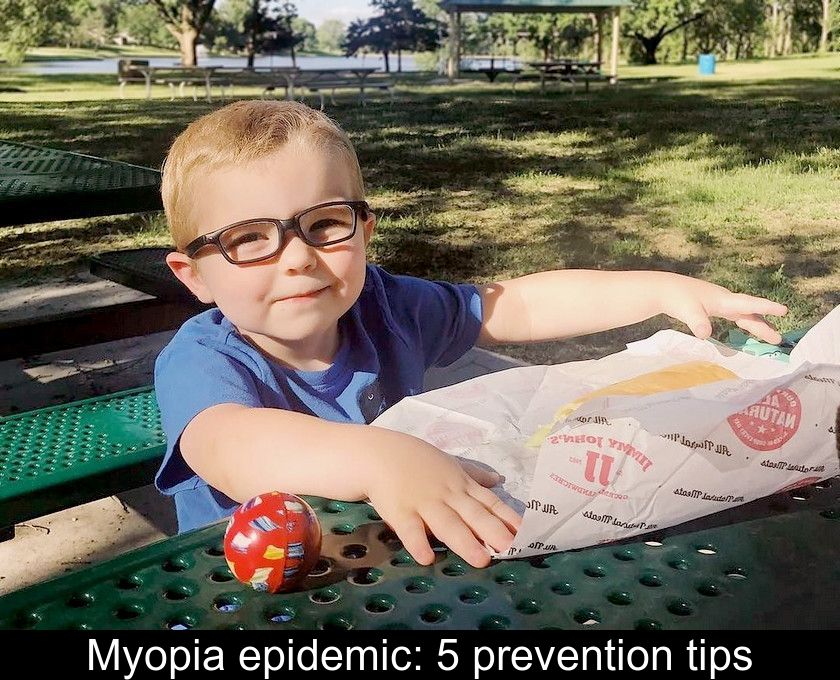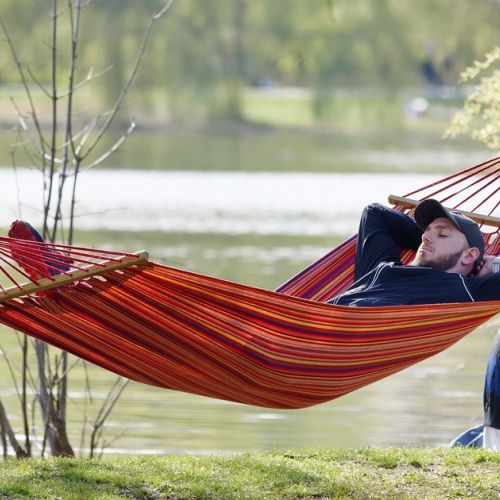Myopia Epidemic: 5 Prevention Tips
French ophthalmologists are warning about the boom in myopia among children and adults. And this 'epidemic' is global, as it is estimated that this vision disorder will affect half of the world's population by 2050. The worrying increase in the number of nearsighted people can be explained by hereditary factors, but also by our lifestyle. Here are 5 prevention tips to adopt without delay.
A real epidemic
Ophthalmologists are concerned about the surging growth of myopia worldwide, to the point of talking about a true epidemic.
It is estimated that it could affect nearly 5 billion people by 2050, or half the world's population!
In addition, specialists note that the age of onset of this visual disorder is getting earlier and earlier in all regions of the world.
Fortunately, simple preventive measures exist to prevent or slow down the evolution of this vision disorder, in both children and adults.
1- Spend more time outside
The first of the 5 myopia prevention tips is to spend more time outdoors.
This is because the many cases currently reported are not solely due to hereditary or ethnic factors.
Rather, they are related to our lifestyle as city dwellers and the increase in time spent indoors that does not allow us to stress our distance vision.
According to scientists, children who participate in more than 14 hours of outdoor sports per week reduce their risk of becoming myopic, regardless of family history.
2- Exposure to daylight
The current epidemic of myopia is also explained by lack of exposure to natural light.
Indeed, natural sunlight acts on our brain and boosts the secretion of serotonin. Now, this neurotransmitter slows down the elongation of the eye and has a preventive effect on the evolution of this visual disorder.
In practice, exposing yourself for 2 hours a day to outdoor light divides by 3 the risk of becoming myopic.
3- Limit activities in close vision
The third myopia prevention tip, especially for children, is to limit activities that strain their near vision.
Of course, this vision is already strained in the school setting and in learning to read and write.
Therefore, it is very important in leisure time to privilege outdoor activities that solicit distance vision and allow exposure to natural sunlight.
And of course, screens should be avoided as much as possible whether it is television, tablet or smartphone for the very young.
4- Do not read too closely
If you are studying and/or you love literature, you can hardly do without reading!
In that case, be careful not to form bad habits, including not gluing your face to your book.
In order not to promote the development of myopia, you should definitely:
- Keep your book or screen as far away from your eyes as possible
- take regular breaks to rest your eyes
- during these breaks, use your distance vision by looking out the window several meters away
5- Do not read in the dark
Finally, for nearsighted people the worst habit is to read in the dark or to consult a screen in the dark.
For this reason, the fifth myopia prevention tip is to be careful with lighting when you strain your near vision.
To avoid worsening your distance vision, you should not only moderate your screen use as much as possible, but also never look at your phone screen in the dark.
Also, heavy Reading stretches without breaks or natural light have been shown to promote the development of myopia.
So whenever you strain your near vision, remember to light the room well!












